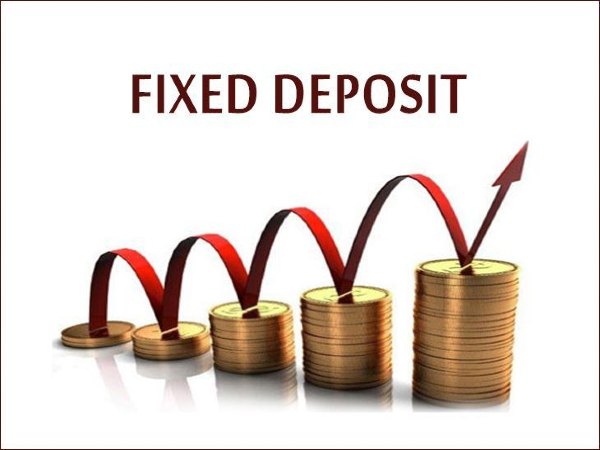Monsoon session: Govt to amend key PSB privatisation laws
[ad_1]
Read More/Less
The government has started inter-ministerial consultations to draft the legislative changes required for privatisation of public sector banks (PSBs). The plan, according to official sources, is to opt for amending the relevant laws in one go, so that the process of PSB privatsiation is not hindered by legal hurdles.
Deliberations are taking place within the government on whether to repeal the Banking Companies (Acquisition and Transfer of Undertakings) Acts of 1970 and 1980 (nationalisation Acts). The voting rights cap of 10% for a non-government shareholder irrespective of his/her shareholding is among the key constraints identified, the sources say.
The stipulation in the Banking Regulation Act, 1949, that no shareholder of a banking company – PSB or private sector bank – can exercise voting rights more than 26%, is also being reviewed, they add.
In the Budget FY22 speech, finance minister Nirmala Sitharaman announced the government’s plan to privatisie two PSBs and one general insurance company in the current financial year. This is seen as part of larger process to privatise more PSBs. While the Niti Aayog has reportedly identified a few PSB candidates for privsatisation, the RBI and the government are in talks on the privatisation of the two banks in the current year.
According to the sources, before repealing the bank nationalisation laws, a procedure has to be developed for transition of the PSBs from under these Acts to the Companies Act. The precedents for this are being studied. Other companies have shifted from other Acts to Companies Act, but no nationalised has seen such transition yet. There were 5-6 banks, including Axis Bank, ICICI and IDBI Bank, which were government-owned at some point in time, but were not nationalised banks. Hence, their privatisation was rather smooth. After consultations and seeking legal opinion, legislative action with regard to nationalisation acts and banking regulation act are expected in the monsoon session of Parliament.
“Providing higher voting rights to the promoters will be the right step towards a more liberal banking system. The banks would need to walk the extra mile by adopting the right governance mechanism. This is required to convince tyeh RBI to change its current stance which is towards limiting promoter control,” said Shravan Shetty, MD – Financial Services, Primus Partners.
As many as 14 private banks were nationalised in 1970 by the Indira Gandhi government, followed by another six banks in 1980. The Narendra Modi government is trying to unshackle the hold of the public sector by encouraging private players to acquire government assets. Recently, it repealed the law governing BPCL to pave the way for its privatisation.
Already, the NDA government has undertaken a series of consolidation exercises in the public sector banking space. As a result, the number of state-run banks has come down from 27 in 2017 to 12 now. The idea is to create a few strong banks to support the rising credit appetite of the economy, help reverse a slide in economic growth and cut costs through greater synergy. According to the new strategic sector policy, the government will eventually retain a maximum of four state-run banks while privatising or merging others.
As FE had reported earlier, the Niti Aayog had asked the government to retain control over the country’s top four state-run lenders — State Bank of India, Punjab National Bank, Bank of Baroda and Canara Bank – even as it recommended that three small PSBs – Punjab & Sind Bank, Bank of Maharashtra and Uco Bank — be privatised on a priority basis. As for the remaining five PSBs (Bank of India, Union Bank, Indian Overseas Bank, Central Bank and Indian Bank), the government may either amalgamate them with the four larger ones it chooses to retain or trim its stake in them over a stipulated time-frame to 26%, before exiting fully, according to an earlier Niti Aayog proposal.
Between FY15 and FY20, the Centre had to infuse as much as Rs 3.2 lakh crore to shore up the capital base of the bad loan-saddled PSBs. Still, their market capitalisation has eroded steadily and substantially in recent years even before the Covid-19 pandemic hit them.
Get live Stock Prices from BSE, NSE, US Market and latest NAV, portfolio of Mutual Funds, Check out latest IPO News, Best Performing IPOs, calculate your tax by Income Tax Calculator, know market’s Top Gainers, Top Losers & Best Equity Funds. Like us on Facebook and follow us on Twitter.
![]() Financial Express is now on Telegram. Click here to join our channel and stay updated with the latest Biz news and updates.
Financial Express is now on Telegram. Click here to join our channel and stay updated with the latest Biz news and updates.
[ad_2]











